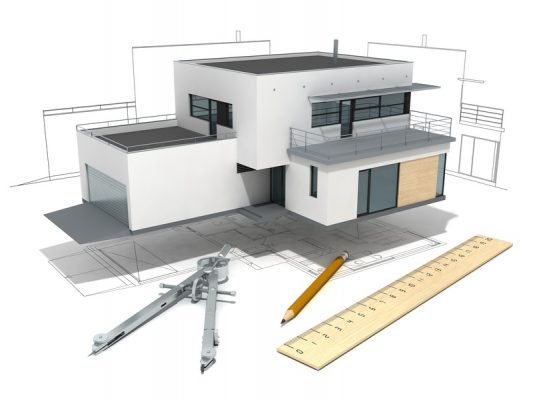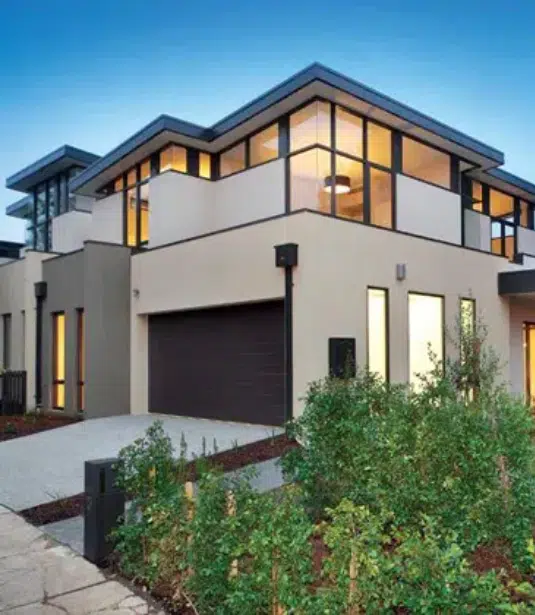Innovative Residential Interior Architect to Create Functional and Stylish Interiors
Innovative Residential Interior Architect to Create Functional and Stylish Interiors
Blog Article
Just How Residential Architects Develop Customized Residences for each Way Of Living
The procedure by which property architects style customized homes is a nuanced interplay of understanding client requirements and translating those understandings right into practical living spaces. With thorough assessments and the use of style tools, designers record the significance of their clients' way of livings, making sure that each home shows individual values and ambitions. This collaborative technique expands past initial principles, including cutting-edge innovations and lasting methods to boost daily living. As we explore the elaborate steps associated with this transformative process, a deeper gratitude for the engineer's role fit special atmospheres starts to arise.
Recognizing Client Requirements

Reliable interaction is extremely important in this procedure. Engineers need to motivate clients to articulate their way of livings, family characteristics, and future ambitions, ensuring that the design shows their one-of-a-kind identity. By using devices such as sets of questions, meetings, and aesthetic studies, designers can collect valuable understandings right into the client's vision.
Moreover, comprehending the context in which a home will exist is essential. Designers should consider aspects such as the site features, regional climate, and social impacts that can affect the style. This alternative approach permits the creation of spaces that are not just aesthetically pleasing but lasting and likewise sensible.
Inevitably, a deep understanding of customer requires makes it possible for designers to produce tailored homes that improve the high quality of life for their owners, cultivating a feeling of belonging and comfort within their living atmospheres.
Design Process and Cooperation
The design procedure in household architecture is a dynamic interaction of creative thinking and cooperation, where designers, customers, and different stakeholders function carefully to bring a vision to life. This iterative trip generally begins with a series of conferences to develop a comprehensive understanding of the customer's ambitions, preferences, and lifestyle requirements. During these conversations, designers collect essential info, enabling them to conceive styles that align with the customer's vision.
Following the preliminary examinations, the style phase progresses with illustrations, 3D versions, and architectural renderings. This aesthetic interaction acts as a tool for architects to present ideas, while likewise inviting client feedback, making certain that the last design reverberates with their assumptions. Effective partnership with designers, contractors, and interior developers is important throughout this stage, as it guarantees that all practical facets of the task are perfectly incorporated.

Incorporating Lifestyle Aspects
Integrating lifestyle elements into domestic style is important for developing areas that genuinely reverberate with the inhabitants. residential architecture homes. This process begins with comprehending the unique needs, choices, and everyday regimens of the home owners. Designers involve in extensive conversations to discover just how the specific or family members uses their area, whether for enjoyable guests, going after hobbies, or looking for silent retreat
When these understandings web are collected, designers can tailor design features that boost everyday experiences. As an example, open layout may be developed for families that prioritize togetherness, while dedicated workspaces can be incorporated for those that function from home. Outdoor areas, such as outdoor patios or gardens, can be stressed for households that delight in exterior activities or enjoyable.
Additionally, versatility is a vital factor to consider; multi-functional areas enable versatility as way of livings progress over time. Customized storage space solutions can also be integrated to satisfy certain company needs, ensuring that the home remains clutter-free and useful. Inevitably, by attentively weaving way of living components into the building fabric, residential architects develop tailored homes that not only accomplish aesthetic needs but additionally substantially boost the top quality of life for their customers.
Sustainable and Smart Style
Sustainable and smart design increasingly plays a critical role in residential architecture, as property owners look for to lessen their environmental influence while enhancing their living experiences. Designers are currently integrating environmentally friendly products, energy-efficient systems, and innovative modern technologies to develop homes that not just satisfy visual needs yet also offer the world.
Incorporating renewable power sources, such as photovoltaic panels and wind generators, enables home owners to harness all-natural resources, substantially reducing reliance on traditional power grids. Smart home innovations even more enhance sustainability by maximizing power usage with automated systems that control illumination, heating, and cooling based upon occupancy and choices.
Furthermore, using sustainable structure materials-- like recovered timber, bamboo, and reused steel-- promotes a circular economy, lowering waste and resource usage. Designers additionally emphasize passive layout concepts, ensuring homes are oriented for optimum all-natural light and ventilation, therefore reducing the demand for man-made heating & cooling.
Along with eco-friendly benefits, lasting and smart style adds to the general comfort and health and wellness of homeowners. By prioritizing interior air high quality and all-natural aspects, designers produce areas that promote health, permitting house owners to prosper in consistency with their atmosphere.
Wrapping Up and Executing Strategies
Finalizing and carrying out plans is a vital stage in the household design process, where the vision of a tailored home starts to appear. This stage includes precise focus to detail, making certain that every facet of the design is exactly articulated and prepared for construction. residential architecture homes. Designers work together carefully with customers to examine last strategies, dealing with any last-minute adjustments or issues, while making sure that all components straighten Extra resources with the homeowner's way of living requirements
Once strategies are completed, engineers prepare thorough building and construction papers, check it out including in-depth drawings and specifications that serve as a blueprint for home builders. These records lay out materials, surfaces, and installment methods, offering clarity for subcontractors and professionals. In addition, protecting necessary authorizations and sticking to regional building ordinance is vital, as it ensures conformity and smooth task implementation.
By cultivating a joint atmosphere, architects can assure that the execution lines up with the initial vision. Inevitably, this critical stage changes concepts into truth, laying the foundation for a home that shows the special way of living and preferences of its inhabitants.
Conclusion
In verdict, residential designers play an essential role in crafting personalized homes that cater to varied way of lives. Through thorough understanding of customer needs, collective design processes, and the integration of way of living components, engineers make sure that each home reflects specific preferences.
The procedure by which property designers layout tailored homes is a nuanced interplay of comprehending client needs and equating those understandings right into useful living rooms. Through comprehensive appointments and the usage of style tools, designers capture the essence of their customers' way of lives, making certain that each home reflects personal values and ambitions. Architects should encourage customers to verbalize their way of lives, family dynamics, and future aspirations, guaranteeing that the design shows their unique identity.The style process in property style is a vibrant interaction of creativity and collaboration, where architects, customers, and different stakeholders function closely to bring a vision to life - residential architecture homes. With meticulous understanding of customer demands, collective design processes, and the integration of way of life elements, designers ensure that each home reflects individual preferences
Report this page